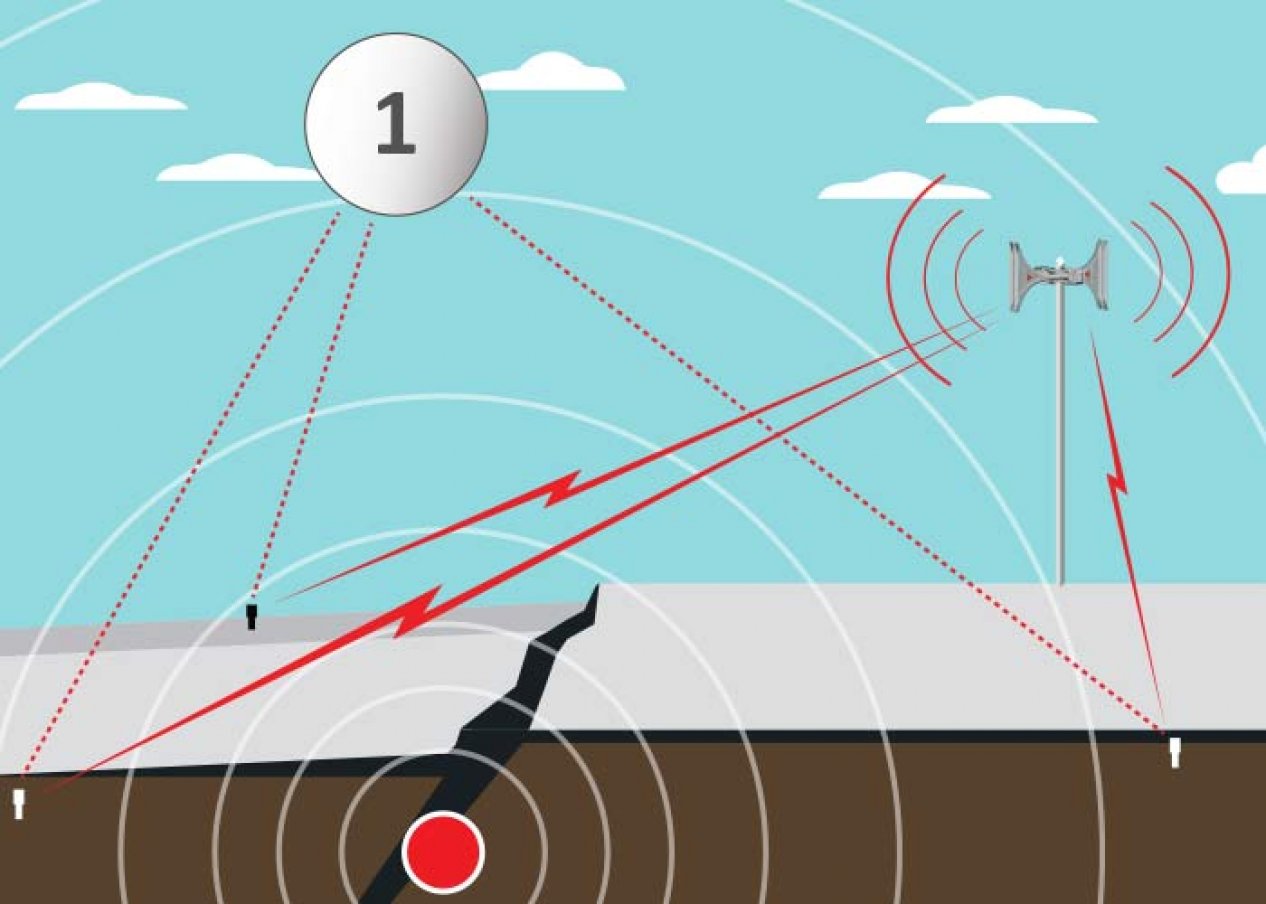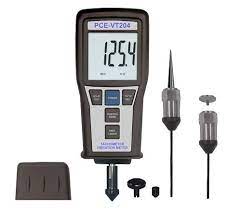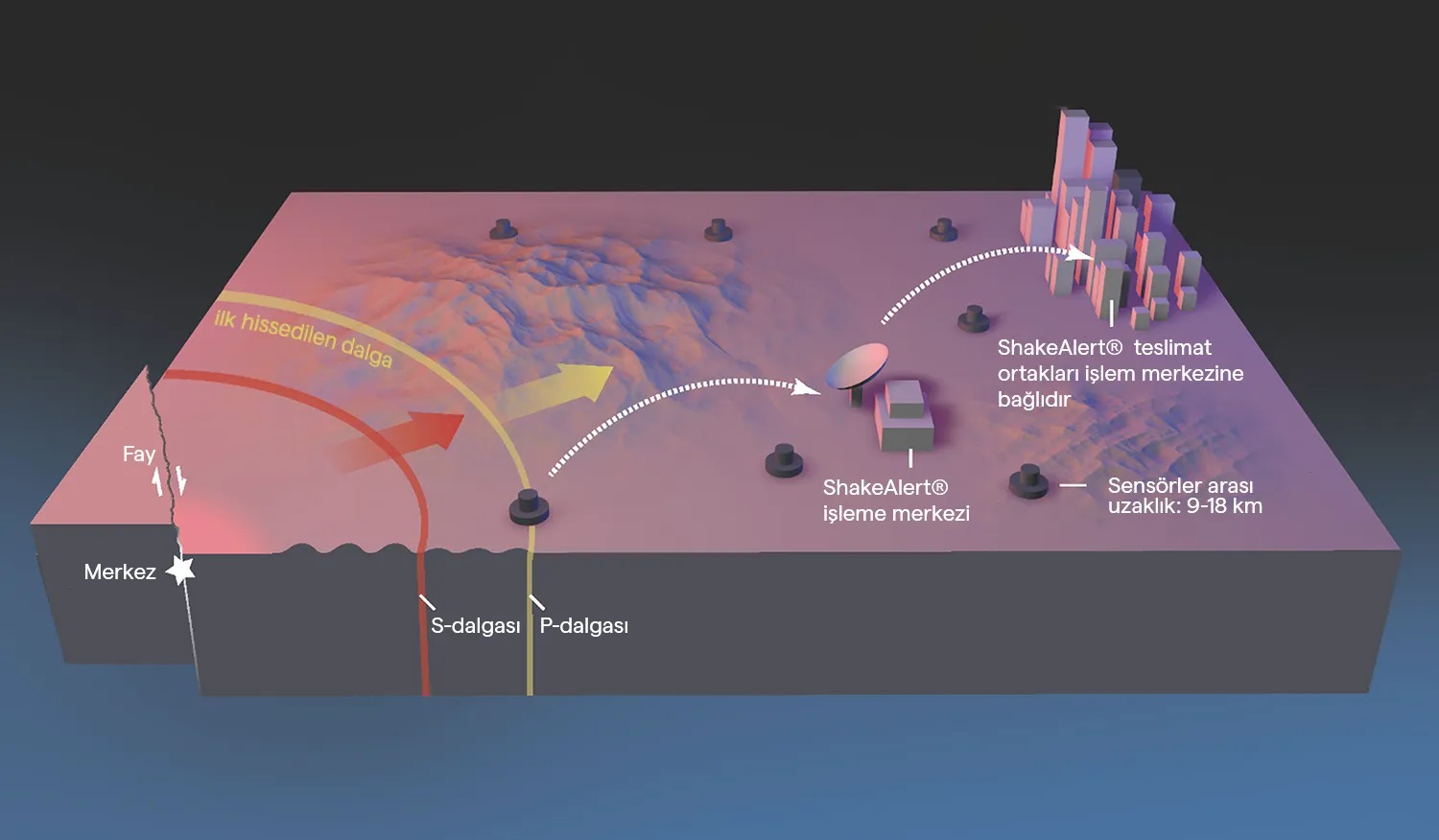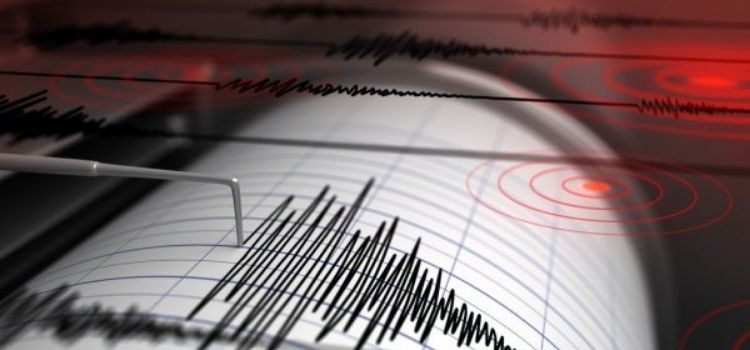
According to official sources, on February 6, 2023, the Kahramanmaras earthquake in Türkiye killed more than 50,000 citizens. Experts talk about fault lines awakening with every earthquake, and questions are again being raised about the measures that need to be taken against a predicted earthquake in the Sea of Marmara.
On December 7 at 08:16 local time, an earthquake of magnitude 5.6 was recorded in the Caspian Sea. The earthquake, which occurred at a depth of 68 km, was felt in Baku and a number of cities. Before the earthquake, some Android phone users received warning notifications.
Some of these alerts say "Earthquake occurred at 08:16" and others "Earthquake expected nearby with minor tremors expected." But can these notifications, also known as early warning systems, warn citizens about earthquakes? How exactly does Android's earthquake warning system work?
Faktyoxla Lab. has clarified this information with reference to foreign media.

Google's early warning system was first launched in 2021 in Greece and New Zealand. These countries added Türkiye, the Philippines and many earthquake-prone countries in Central Asia. (source).
The early warning system is not a system that works with underground seismometers. The system works thanks to accelerometers in Android phones that can detect earthquakes. We can think of accelerometers as sensors that detect movement and orientation during activities such as running and general phone use. In an early warning system, the phone detects tremors caused by an earthquake. When Android phones detect a tremor, they send a signal to Google's servers. When a large number of signals are received, it determines the epicenter of the earthquake and sends a warning signal to phones nearby. This Google system does not work for iOS users.

While these notifications may reach some users 10 seconds before an earthquake, some users may receive them after the earthquake. A similar situation occurred during the earthquake, the center of which was in Mudanya. The notification, which came about 10 seconds before the earthquake, said there would be an earthquake and that the earthquake would occur 56.5 kilometers away.
It is unclear whether the notifications reached all Android phone users in areas surrounding the earthquake.
In a conversation with Teyit, prof. Dr. Cenk Yaltirak and Assoc. Dr. Dogan Kalafat noted that these systems are not harbingers of earthquakes.
Yaltirak says that after an earthquake, these notifications can reach people approximately 60 to 70 kilometers away from the earthquake, but not those at the epicenter. Because when an earthquake occurs, the reflection of the destructive waves spreads around, and these notifications can be sent to users in nearby provinces.
He states that various warnings can be made using the second time difference between the P and S components of earthquake waves reaching early warning points.
The USGS has a similar early warning system called ShakeAlert. As Kalafat notes, it appears that the first P wave felt after a fault rupture reaches the processing center and then the warning system is activated.

During the Kahramanmaras earthquake of 6 February 2023, a dispute arose over the failure to send warning notices to citizens in the region, and a BBC team found that Google's warning system did not reach citizens. Micah Berman, the Google spokesman in charge of the system, said the system was working correctly.
Google's early warning system also does not predict earthquakes. However, scientific research on the subject shows that people can take steps to protect themselves, such as taking cover and holding on to their seat, given a warning that can appear seconds before an earthquake. It is believed that this will reduce injuries and deaths.

Although this system is still small-scale in Türkiye, early warning systems are used as a public warning system in countries such as Mexico and Japan. This way, systems such as electricity and natural gas that could cause fires during an earthquake can be turned off. This is expected to allow sufficient time for public transport to slow down and stop and prevent cars from entering bridges or tunnels.
Prof. Dr. Cenk Yaltirak says the system works in countries like Japan and Mexico because the cities are away from fault lines.

Dr. Dogan Kalafat cites the example of the earthquake that occurred in Japan in 2011. An earthquake of magnitude 9.1 occurred approximately 380 kilometers from Tokyo. D. Kalafat says that the destructive waves of this earthquake reached the city of Tokyo in 47 seconds, and thus Japan Telecom was able to send a warning to its registered customers. However, despite this warning, the consequences of the earthquake were enormous and could not be prevented.
There are some obstacles to the ideal functioning of this system in Türkiye. The most important one is that cities are built on or very close to active faults that cause earthquakes in Türkiye. According to Dogan Kalafat, during an earthquake in the Sea of Marmara, destructive waves arrive within 8-10 seconds. Therefore, there is no time left to warn the public in advance. However, it is still possible to conduct a study on the distribution of these systems within Türkiye. In particular, the systems can be installed in critical residential areas of the country, where large engineering structures, ports, facilities and high-speed train routes are located.

The Istanbul Earthquake Rapid Response and Early Warning System project, presented by Bogazici University in 1998, was approved by a Cabinet decision in 2001. The system, which began operating in 2004, was updated in 2012. The Istanbul Earthquake Rapid Response and Early Warning System consists of 100 rapid response stations and 10 early warning stations.
The operational management of these systems is carried out by the Kandilli Earthquake Observatory department, but the effectiveness of the system has not been tested due to the absence of a major earthquake.
Conclusion:
- The earthquake warning system provided by Google to Android phone users has been in use since 2021;
- This system works thanks to accelerometers in Android phones that can detect earthquakes;
- Early warning systems do not report earthquakes, they detect waves propagating after an earthquake and send warnings to users;
- Experts say that various warnings can be made using the second time difference between the P and S components of earthquake waves reaching early warning stations;
- Early warning systems are used as public warning systems in countries such as Mexico and Japan.




















